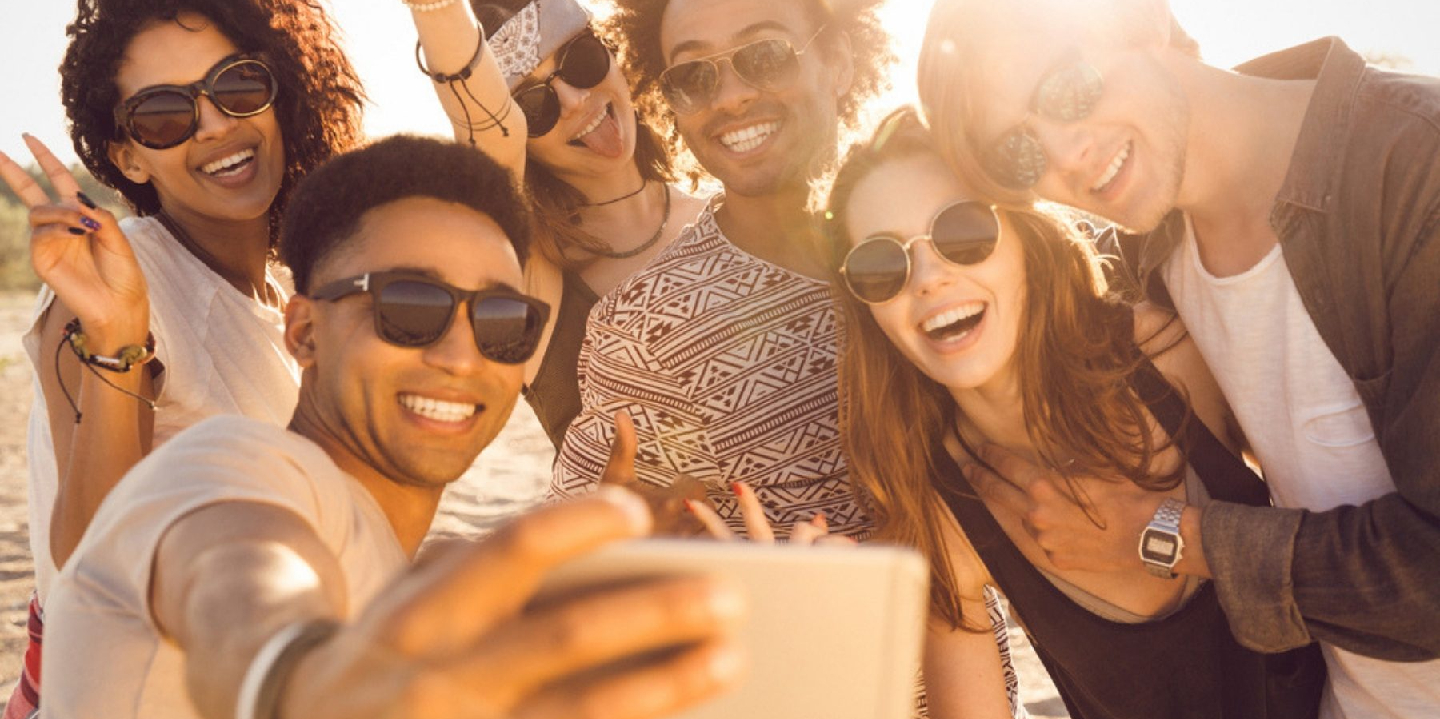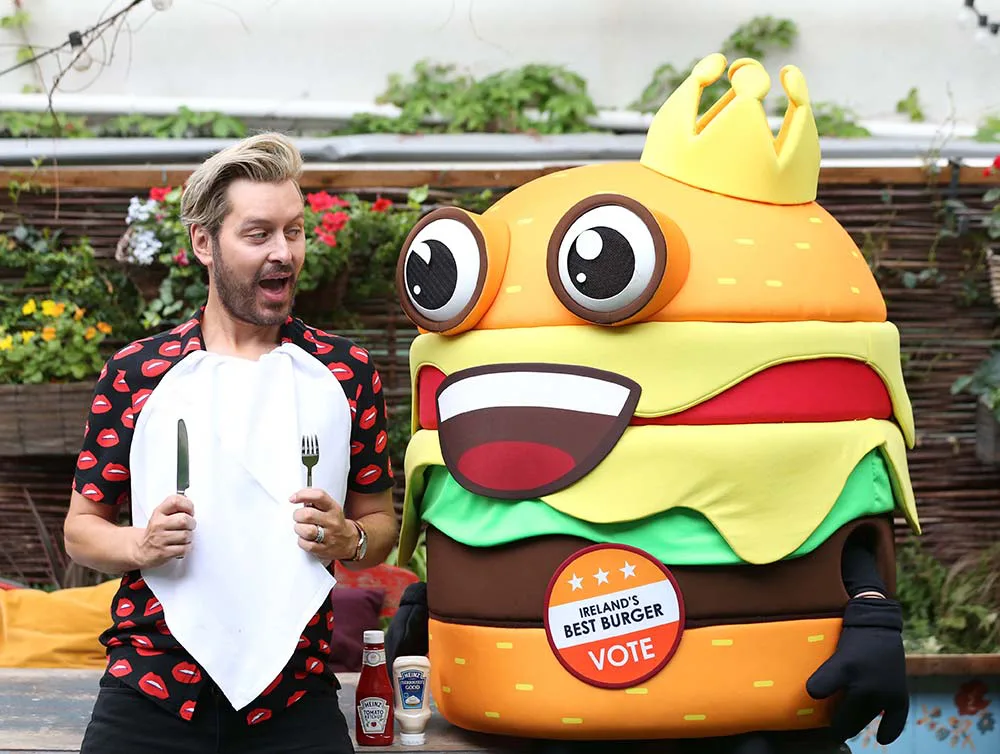Branding Strategy | Content | Social Media
How to measure Brand Activations in the Digital Age
There are different guidelines in measuring Brand Activations to traditional or stand-alone digital marketing campaigns.








A Brand Activation is a marketing activity that engages directly with a brands target audience through a specific experience or event.
Customers today crave more than just virtual online experiences, eCommerce brands have come to realise that an intuitively placed ‘Buy Now’ button is not enough to stimulate a purchase or furthermore brand advocacy. Although a relatively new term in the digital marketing space ‘Brand Activations’ are becoming more the norm as part of the overall digital strategy for eCommerce brands. They now form an integral part of the brand awareness process, directly engaging with target audiences to create long-lasting brand experiences.
These activations are developed through different touchpoints within the awareness stage of the customer journey. They could be marketing campaigns or offline events that are designed to increase the awareness and positive perception of a brand.
Conflicts with Traditional Brand Activations.
Traditional brand activations like pop-ups or exhibits used to be measured in attendance, so vital conversion data were always hard to record and collect. Long queues of prospecting customers for product launches were often a good indicator that a brands exhibit or pop-up store was a success. Scarcity was also a marketing tactic used in pop-up retail, driving that sense of urgency to buy rather than leave till later. Finally driving all the hype around traditional brand activations seemed pointless and a missed opportunity to connect more with loyal customers, without being able to measure the impact of an event or pop-up on a visitor’s experience.
So how to measure a true brand experience?
Use the ‘Return on Experience’ or ‘ROE’ formula which measures how much the visitor engages and participates with the brand experience.
As it only measures engagement it’s very suited to brand experiences.
What makes ROE different from ROI?
‘Return on Investment’ or (ROI) has always been a long proven metric used to measure digital campaign effectiveness, combining reach, impressions, click throughs and shares. It’s extremely effective at measuring numerical data but when measuring offline physical experiences it isn’t capable in calculating emotions and consumer behaviour.
Using ROE as a form of tracking is nothing new but as digital mainly tracks and measures virtual touch points and not human activity, it’s far more effective within physical spaces. Combining ROI and ROE are far more effective as the later is focused on measuring human engagement and activity whilst ROI will be accurate for numeric data and hard numbers.
Although ROE does not provide in-depth data like ROI does, it will provide a substantial view of how brand experience events or Pop-up stores impact on attendance and conversion rates, social media shares and ultimately brand advocacy.
Key Metrics
It’s all in the planning, successful brand experiences whether it be an activation, event or pop-up store are well thought out and planning is absolutely essential to ensure they kick off on-time.
Using ROE to Measure Brand Experiences
Return on Experience is focused on measuring the impact of short and long-term brand experiences on customers.
The following are key metrics used:
Technologies Used in Measuring Brand Activations
With new technologies driving forward into everyday life, they no doubt have a vital purpose in measuring, planning and managing brand activations, events or pop-store launches. The impact and benefits of technology are really only seen when a collection of them are pulled together to create an Event Technology Stack. They are strategically aligned along the event lifecycle providing valuable data and advice on decision planning, management and engagement.
There are three stages in the brand experience lifecycle to integrate these technologies.
1. Pre Event Technologies – Social Media Advertising Platforms, Marketing Automation Software, Email and CRM systems. Select which Social Media platforms will provide the most accurate audience in terms of demographics and location targeting. Also, consider what marketing automation systems would be most appropriate. Can you integrate and sync different systems to provide an overall seamless journey for the customer, from the awareness stage to the decision stage with a built-in automation process to securely store their data?
2. Event Technologies – Event Management Software, Secure Online Registration & Payment Gateway platforms. Make sure you choose event management software that has useful features that meet all your requirements. Providing optional payment gateways, special requests options to allow customers to personalise their experience, possible to develop an event app to track user preferences and behaviour.
3. Engagement Technologies – Social Media Insights & Email marketing platforms. These will provide a deeper insight into how your target audience and attendees perceive your brand experience
Social Media platform analytics are vital in measuring brand experiences in terms of event engagement through social shares, reach and specific hashtags associated with the experience.
Email Marketing campaigns can be extremely useful in terms of follow up post-event or activation gathering vital information on how your customers felt and immersed themselves with the whole brand experience – (through email open and click-through rates).
Tip: We recommend you gather this information if not before the brand activation, during or at a till point / check-out desk. It’s also useful to offer some additional incentive to obtain this data with an online offer or next visit discount, remember its all about leaving that lasting impression with your customers!
Ireland’s first National Burger Day:
Brand Activation 2018.
To celebrate Irish beef and the high quality that is enjoyed by all burger enthusiasts here in Ireland. izest Marketing teamed up with one of Ireland’s premium beef suppliers Kepak with the concept of a National Burger Day. This highly successful Brand Activation saw over 500 premium burger producing outlets across the island of Ireland participate, the campaign was launched first in 2018 and we are expecting 2019 to be even better.
Find out more about our successful strategy for Ireland’s First National Burger Day


Thinking of Launching your Own Brand Activation?
izest Marketing is a full-service digital agency, we have expertise in many different areas of brand strategy development both on and offline. We execute result driven brand activations with precision and accuracy, driving awareness, resulting ultimately in high volume brand advocacy.
If you would like to contact one of our team to discuss your brand activation ideas, please email:
[email protected] or reach out via our contact page and we will have one of our brand experts get back in touch with you.
Conclusion:
There are different guidelines in effectively measuring Brand Activations to traditional or stand-alone ‘digital’ marketing campaigns. They are only measured successfully when an appropriate list of metrics are identified and aligned within the brand activation objectives. The tools available will only be effective once married with a ‘fun’ or ‘incentive’ mechanic that triggers human activity or engagement gaining a true measurement on the impact that your brand activation has on your customers.